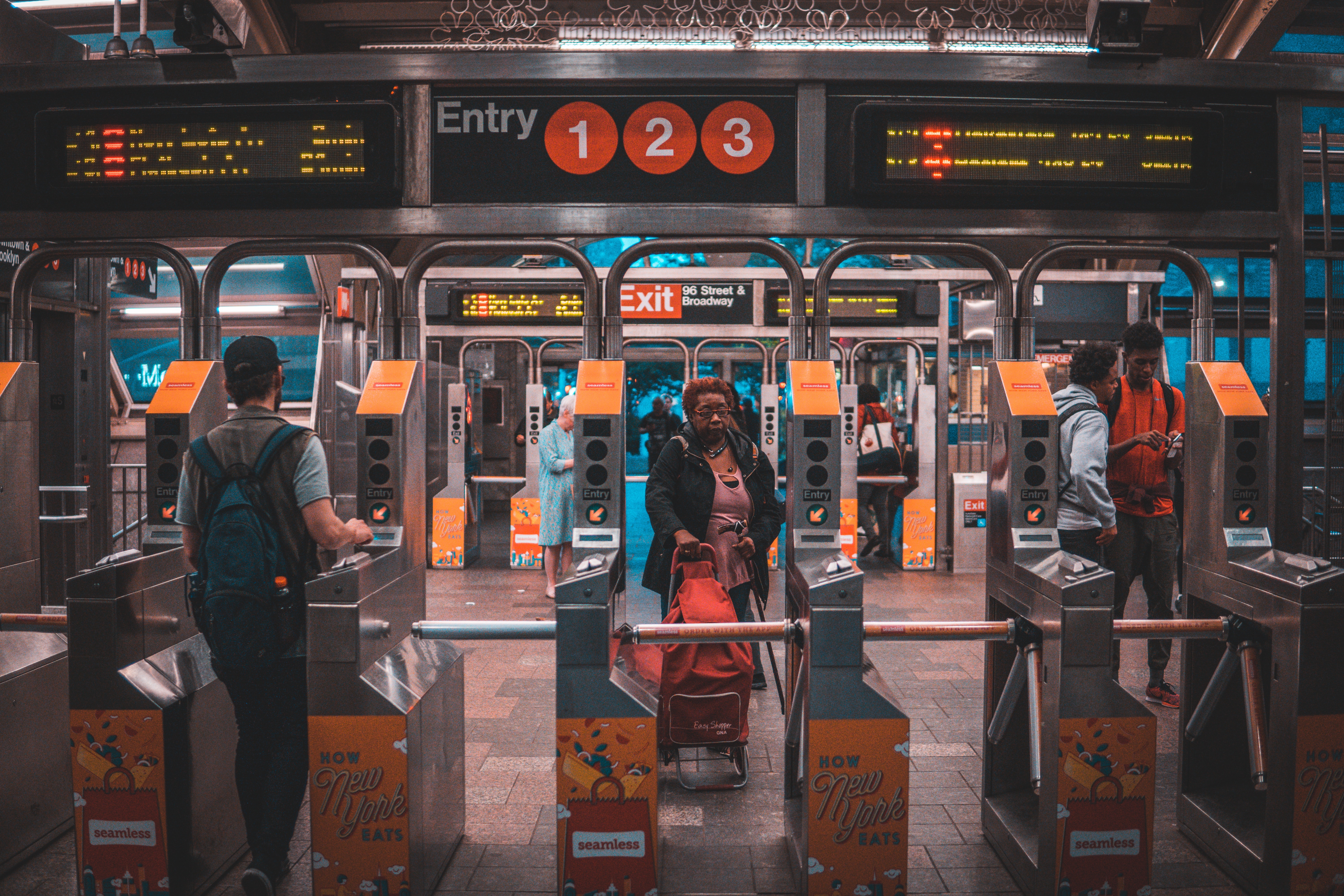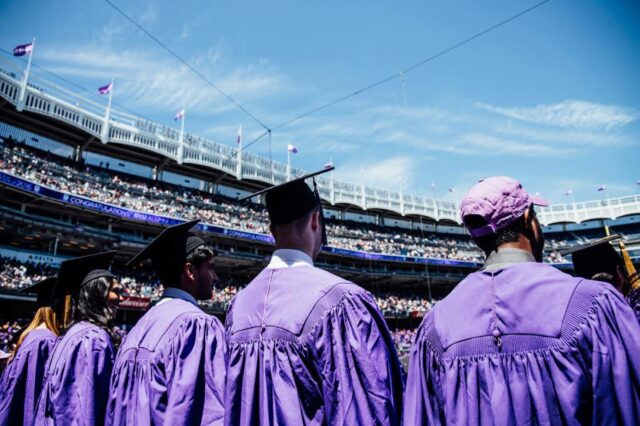By Tasia Hawkins
On October 28th in Brooklyn, passengers fled a subway car while more than 10 police officers pointed guns at a 19-year-old for the alleged crime of not paying his $2.75 fare. The next day, two black teenagers in the subway were punched in the face by a police officer. Since early October, Governor Cuomo and the NYPD have deployed 500 new cops into the subway to combat fare evasion and other “quality of life†issues at an annual cost of $50 million. This funding introduces additional harm to people of color and low-income NYC residents while doing nothing to increase public safety or address the root cause of fare evasion. Â
Using police officers to enforce fare payment is another example of broken windows policing, which harshly punishes low level offenses with the misguided belief that these convictions will protect society from more serious crimes. In reality, the criminalization of petty offenses further adds to the harm and injustice faced by poor communities and fuels the system of mass incarceration. Instead of investing millions into police to monitor the subways, the city should invest in fare reduction programs and reliable transportation for low-income New York City residents.Â
Low-income Black and Latinx people have historically been targeted and criminalized for subway fare evasion. Of the 5,000 people arrested in 2018 for subway fare evasion, 90% were Black or Latinx. And in the deployment of the new subway officers, the NYPD intentionally placed officers away from high volume stations and into stations located in low-income neighborhoods. In a recent op-ed the NYPD commissioner defended the targeting, saying that many people who don’t pay fares are chronic criminals, including “robbers, Ârepeat sexual offenders and thieves†who “often start their crimes with a leap over the turnstile or passage through a gate.â€
This is despite recent NYPD statistics that show subway crime has significantly decreased while fare evasion has increased – to the point that chances of being victim of a serious crime in the subway are 1 in 1,000,000. But within the first week of patrol officer placement, three young black men were the victims of crimes – assaults committed by the officers themselves.Â
The total cost of the officers will exceed $250 million over the next 3 years. At the same time as this investment is made, the MTA continues service cuts and continues to grow its deficit. The corporation is in a financial crisis, on track to have a deficit of $443 million by 2023 with underlying debt of $3.2 billion. The MTA states that increased enforcement of fare payments is necessary because of the $240 million annual loss in revenue, but studies show that fare evasion rates in New York City are comparable to similarly sized major transit systems around the world and likely cannot be addressed by policing. The money the City is investing in police officers could be used to modernize the transit system and eliminate the MTA’s deficit.
The City’s underlying assumption is that fare beaters are criminals or rebellious teenagers who should just pay their fare. But there have been four fare increases over the past 10 years with the cost of a monthly MetroCard rising 67%. A 2018 MTA report also showed that the vast majority of subway fare evaders had annual incomes below $18,000. Even with funding for the city’s new Fair Fares program, poor implementation has led to only 12% of qualified New Yorkers receiving reduced fare Metrocards. Current fare evasion rates are a result of pricing out those who live in poverty, not a result of criminality to be solved by policing.Â
An ideal state for New York City’s transit system would include free public transportation for all who can’t afford it, not more cops to target and criminalize low-income people of color. We need to think about public transportation as a net benefit for society, and figure out how to make it affordable, reliable, and safe for everyone.
Tasia Hawkins is a first-year MPA student at NYU Wagner specializing in Social Impact, Innovation, and Investment. She is passionate about racial justice and works on economic opportunity initiatives at Google.




